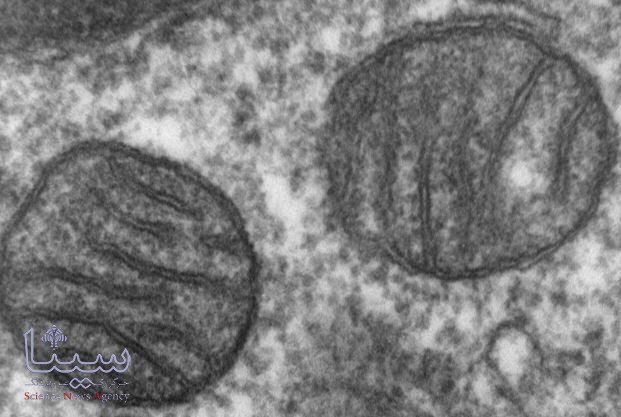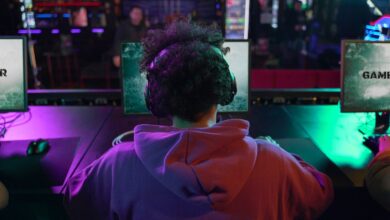Potential Technique That Can Edit Genes and Cure Mitochondrial Diseases

According to SINA Press, these special organelles are coded by a special combination of DNA base pairs. There are a lot of conditions that spin-off from a mutation in this delicate combination of base pairs. It even gets scarier, as an offspring can inherit these conditions from the mother.
Sadly, these diseases have been designated as ‘incurable’ for a long while. Although they are a bit rare when they occur, they are usually fatal and hopeless. Fortunately, there is a study carried out at the University of Cambridge that has demonstrated prospective new therapy for such conditions.
Mitochondrial conditions can be cured with aid of gene-editing technologies
The breakthrough in curing mitochondrial conditions is rooted in technologies for gene editing. The team carried out a series of studies in mice that showed that gene editing in live animals was indeed very possible. Averagely, a human cell houses about 1000 mitochondria, at every point, there are always damaged mitochondria and healthy mitochondria. The levels of the mitochondria with a mutation in relation to the mitochondria without mutation will determine the presence and severity of mitochondria disease.
The quest to edit mitochondrial spelling errors was pioneered by an MRC Mitochondrial Biology team from the University of Cambridge back in 2018. This team was successful in developing a biological tool that could selectively target and destroy defective genes in the mitochondria. By getting rid of these bad mitochondria, they afforded new, mitochondria [that had no mutation] the space to grow.
To put it differently, the earlier attempts to correct mitochondrial DNA defects heavily depended on the cells being healthy enough to divide.
Recently, Dr. Minczuk and his team employed a technology, called mitochondrial base editor. This technology is used to edit the base pairs mitochondria. The therapy is placed into the mouse circulation using an engineered virus. This virus and editor are engulfed by cells where they can function. In the cell, the mitochondrial base editor locates special base combinations of A, C, G, and T base pair combinations. Afterward, it alters the DNA base, substituting C for T. In essence, this maneuver corrects the defects that may have resulted from bad combinations of base pairs.
Although the technology was promising, to understudy this technology in mice is a bit challenging because mice do not have mitochondrial illnesses. As such, the researchers had to use perfectly healthy mice to experiment with their new technique. The study, was largely successful, as it showed that editing is very doable.
According to SINA Press, researchers on this project agree that, although the technology is young, this technology could provide a lifeline for these patients ill with mitochondrial conditions. By eliminating the difficulty of mitochondrial replacement, the technology will remedy mitochondrial defects in young and old alike.
Source: gilmorehealth






